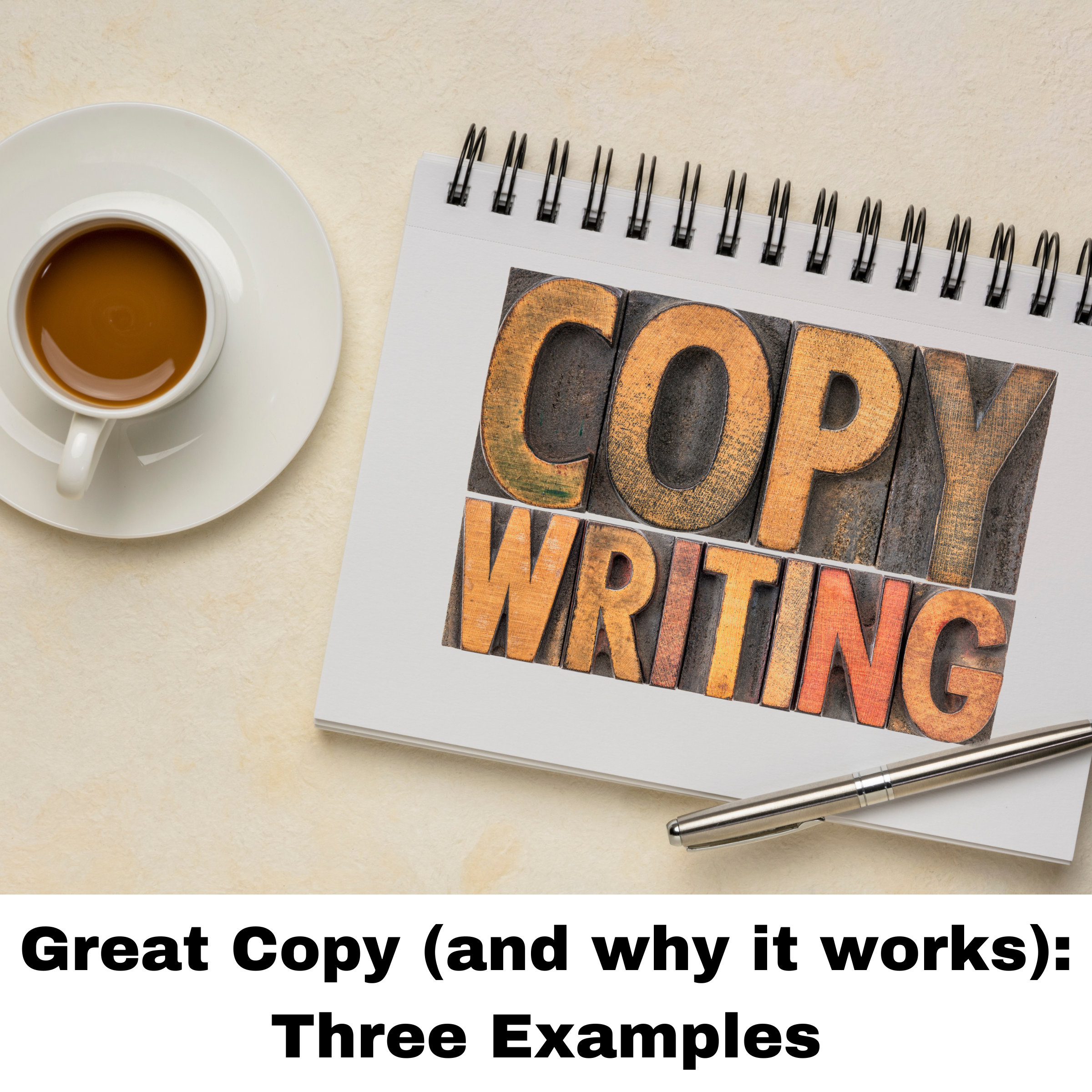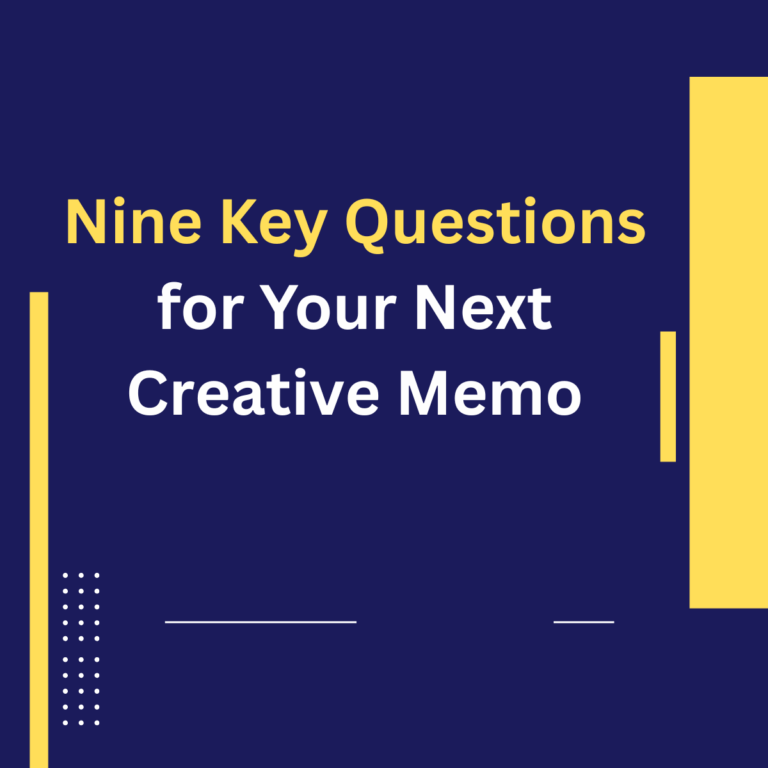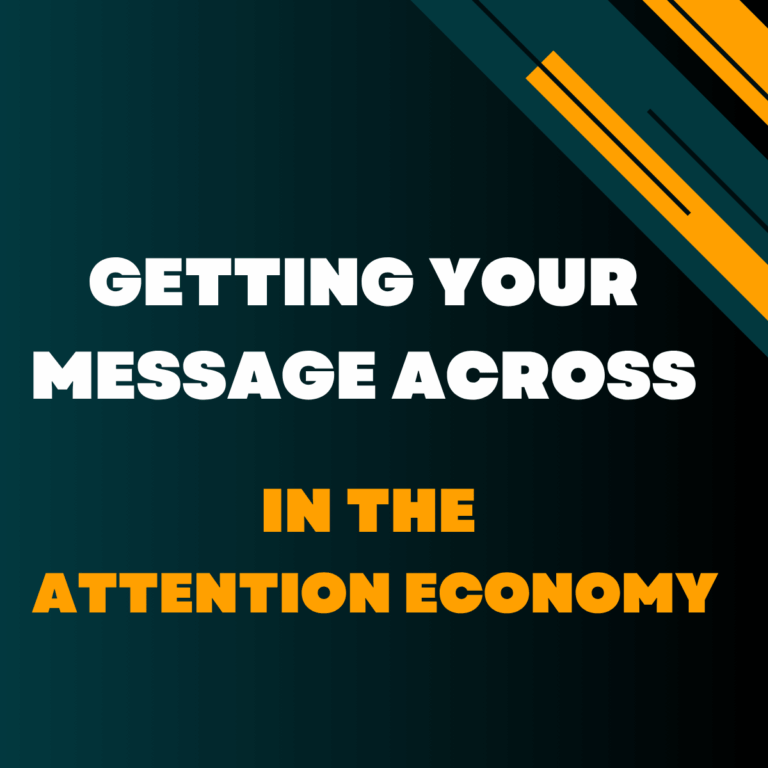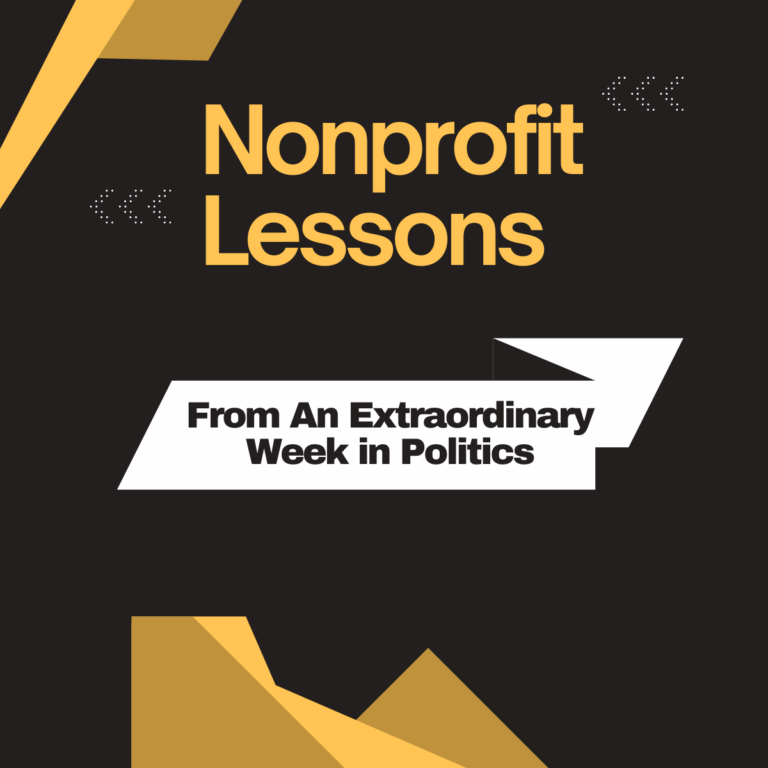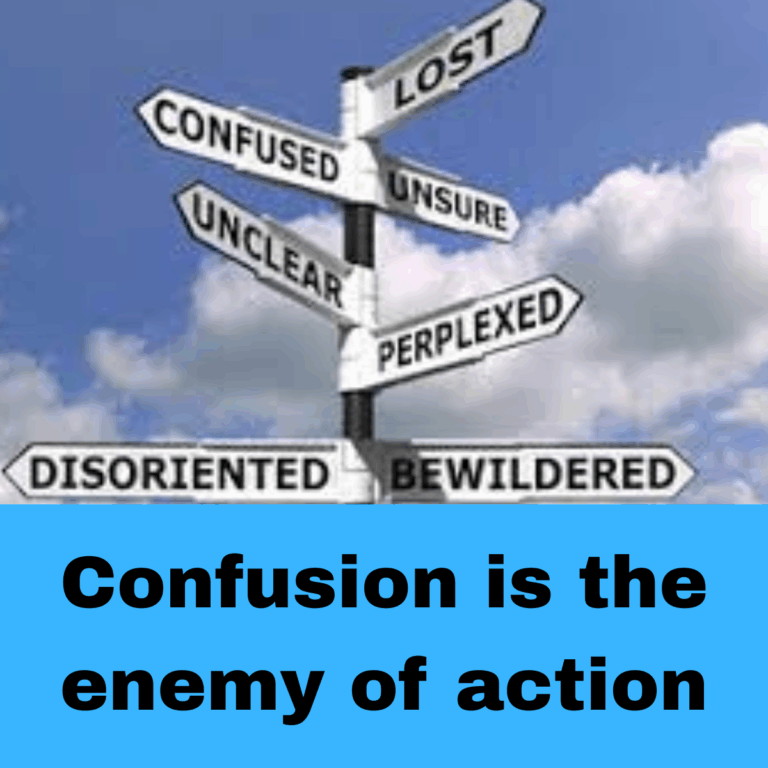Three powerful examples of strong, persuasive copy

“When you make a donation, that gift is helping pay for the surgical gloves I wear, the instruments I use to perform surgery, and the dressings I put on people’s wounds.
“There is a visceral and direct connection between your decision to act and our ability to heal.”

Just describing your group’s work and then asking for a donation can end up drawing too loose and unemotional a connection between the work and the gift. It’s a pitfall too much copy falls into. But this language from Doctors Without Borders makes that connection in clear, compelling fashion.
The quote comes at the end of a letter sharing a dramatic story of lifesaving surgery. The surgeon describes the donor’s impact in vivid, tangible terms – the surgical gloves, the instruments, the dressings for wounds. Then, leaving no doubt about the donor’s impact, he draws a straight line between “your decision to act” and “our ability to heal.”

“Thanks to you, we don’t need to get ready – we stay ready.”

Great copy identifies barriers to people taking action and persuasively argues past them. A barrier to monthly giving requests is this question: Why should I give monthly instead of just donating from time to time? In a single 12-word sentence, the ACLU offers a compelling answer.
It contrasts having to pull together plans and resources when an emergency strikes with always being ready to respond at a moment’s notice.
Here’s a concrete example of the difference between “get ready” and “stay ready.” His first day in office Donald Trump signed an executive order to eliminate birthright citizenship. Just two hours later, the ACLU filed a lawsuit to stop him. That couldn’t happen without the staffing, resources and ability to plan ahead that “stay ready” support makes possible.

“Whenever I’m having a bad day, I think about Rodney.
“How this sweet, gentle dog suffered when students – who were training to work in a profession that heals – were told to break his bones and remove his organs. . .
“And I wonder who could look into those big brown eyes – see that tail wag like crazy at the slightest sign of affection – and not want to protect Rodney from harm.”

Animal protection groups frequently share sad, moving stories. But two things make this one from the Physicians Committee for Responsible Medicine stand out.
First is the jarring juxtaposition of deliberate cruelty carried out by people training for “a profession that heals.” It somehow makes what happened to Rodney even more upsetting and unacceptable.
The second factor is even more critical. Consciously or not, the writer leans into what behavioral scientists call the identifiable victim effect. We tend to be moved more by a single story than by victim statistics. And this copy doesn’t just give us Rodney’s name. It paints a vivid, emotionally moving portrait of a wonderful, lovable dog.

When you find yourself moved by a piece of copy, learn more by stopping to ask yourself why it works. And when you write your own copy, make sure you have a good sense of why it will work.


